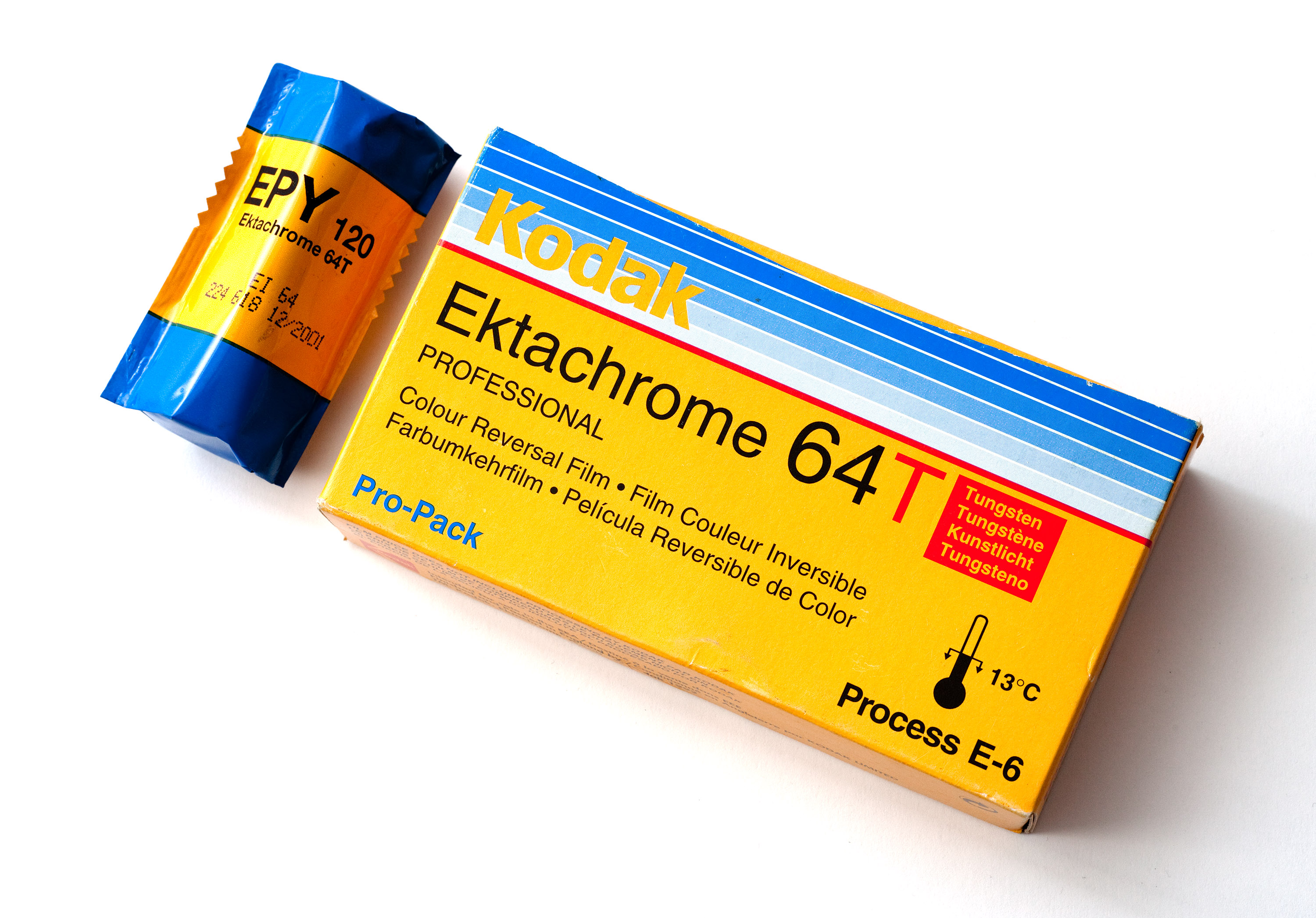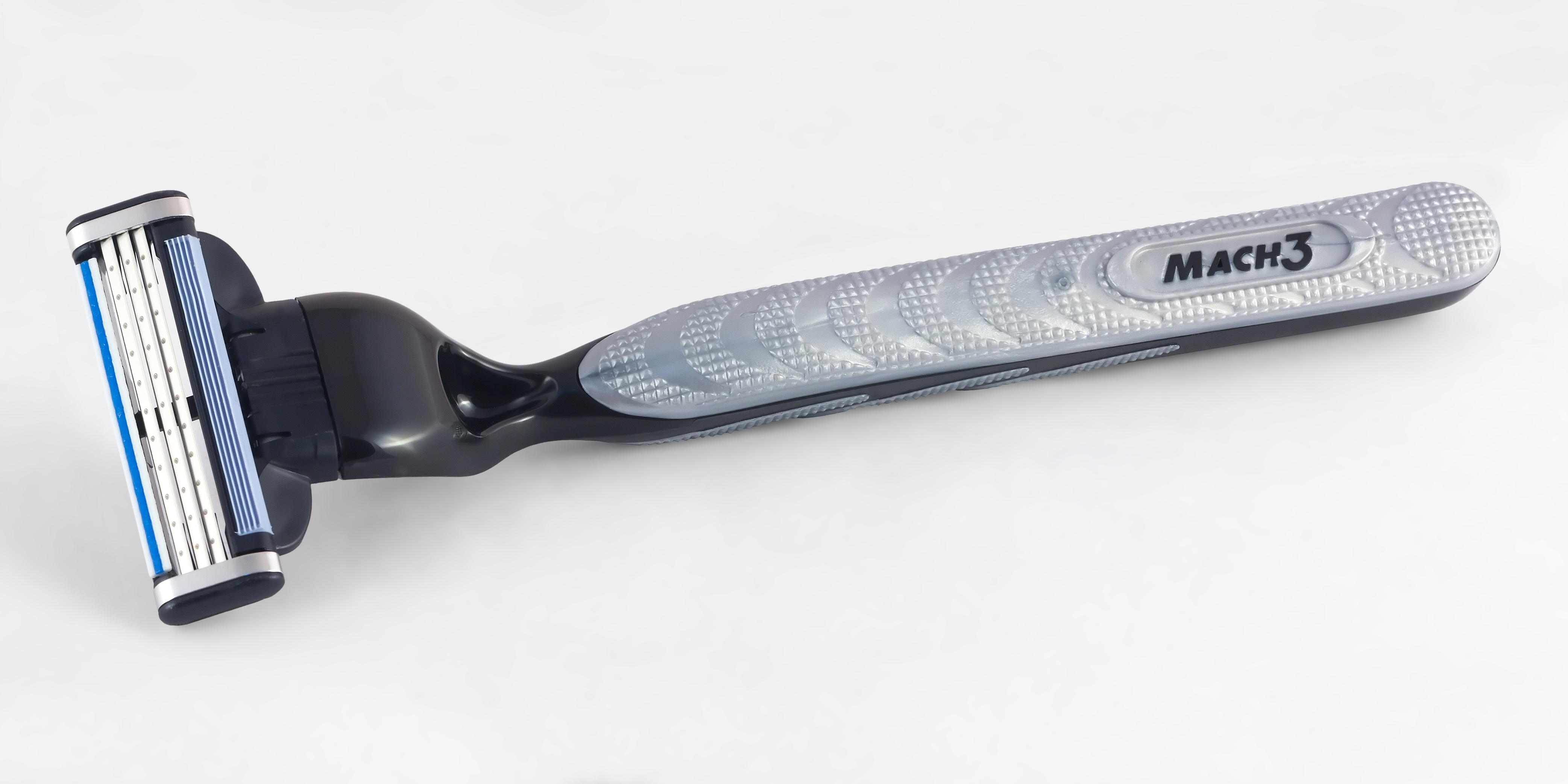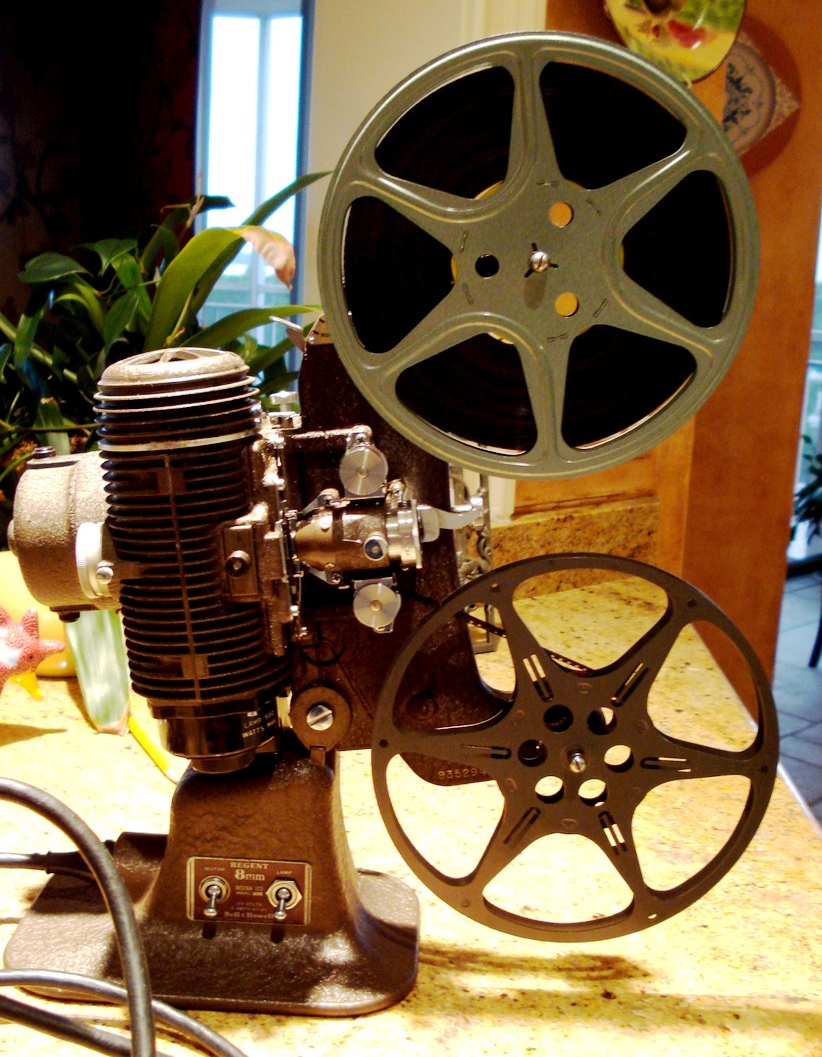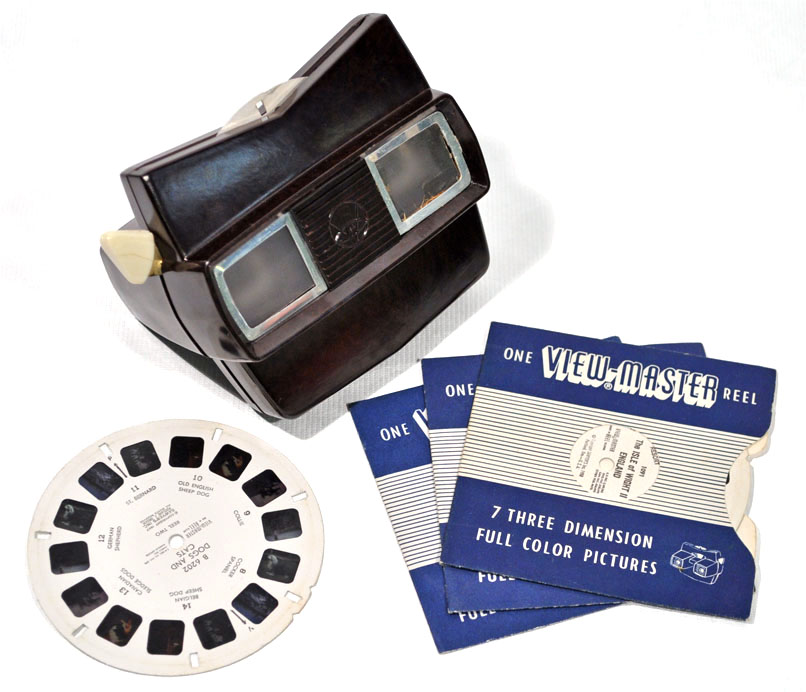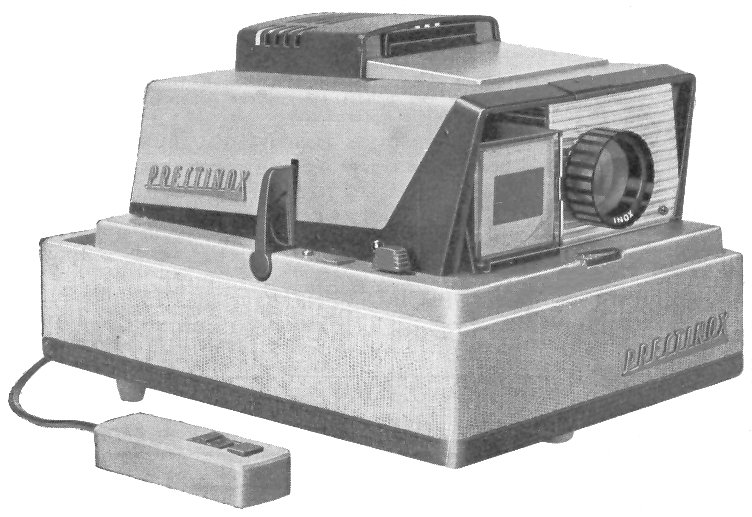|
Carousel Slide Projector
A carousel slide projector is a slide projector that uses a rotary tray to store slides, used to project slide photographs and to create slideshows. It was first patented on May 11, 1965, by David E. Hansen of Fairport, New York. Hansen was an industrial designer at the Eastman Kodak Company. A patent for the rotary tray was granted in 1966 after a 1962 application by the Eastman Kodak Company. The original concept for the carousel slide projector is credited to Italian-American Louis Misuraca, who brought his design to the Kodak company, and sold it for a lump sum. Kodak released their first Carousel projector, the Model 550, in 1961 and sold it until 1966. The 1963 Carousel Model S (Carousel-S), a professional model sold only in Germany, was designed by Hans Gugelot and Reinhold Häcker for Kodak AG in Stuttgart and is in the permanent collection of the Museum of Modern Art. Physical form A separate, circular tray holds several (usually 80 or 140) 35mm slides, and is filled ... [...More Info...] [...Related Items...] OR: [Wikipedia] [Google] [Baidu] |
Kodak Carousel 4400 Projector With 140-slide Tray
The Eastman Kodak Company (referred to simply as Kodak ) is an American public company that produces various products related to its historic basis in analogue photography. The company is headquartered in Rochester, New York, and is incorporated in New Jersey. Kodak provides packaging, functional printing, graphic communications, and professional services for businesses around the world. Its main business segments are Print Systems, Enterprise Inkjet printing, Inkjet Systems, Micro 3D Printing and Packaging, Software and Solutions, and Consumer and Film. It is best known for photographic film products. Kodak was founded by George Eastman and Henry A. Strong on May 23, 1892. During most of the 20th century, Kodak held a dominant position in photographic film. The company's ubiquity was such that its "snapshot (photography), Kodak moment" tagline entered the common lexicon to describe a personal event that deserved to be recorded for posterity. Kodak began to struggle financial ... [...More Info...] [...Related Items...] OR: [Wikipedia] [Google] [Baidu] |
Ektachrome
Ektachrome is a brand name owned by Kodak for a range of transparency, still, and motion picture films previously available in many formats, including 35 mm and sheet sizes to 11 × 14 inch size. Ektachrome has a distinctive look that became familiar to many readers of '' National Geographic'', which used it extensively for color photographs for decades in settings where Kodachrome was too slow. In terms of reciprocity characteristics, Ektachrome is stable at shutter speeds between ten seconds and 1/10,000 of a second. Ektachrome, initially developed in the early 1940s, allowed professionals and amateurs alike to process their own films. It also made color reversal film more practical in larger formats, and the Kodachrome Professional film in sheet sizes was later discontinued. High Speed Ektachrome, announced in 1959 provided an ASA 160 color film, which was much faster than Kodachrome. In 1968, Kodak started offering push processing of this film, allowing i ... [...More Info...] [...Related Items...] OR: [Wikipedia] [Google] [Baidu] |
Mad Men
''Mad Men'' is an American period drama television series created by Matthew Weiner and produced by Lionsgate Television. It ran on the cable network AMC from July 19, 2007, to May 17, 2015, lasting for seven seasons and 92 episodes. Its fictional time frame runs from March 1960 to November 1970. ''Mad Men'' begins at the fictional Sterling Cooper advertising agency on Madison Avenue in Manhattan, New York City, and continues at the new firm of Sterling Cooper Draper Pryce (later named Sterling Cooper & Partners) near the Time-Life Building at 1271 Sixth Avenue. According to the pilot episode, the phrase "Mad men" was a slang term coined in the 1950s by advertisers working on Madison Avenue to refer to themselves, "Mad" being short for "Madison" (in reality, the only documented use of the phrase from that time may have been in the late-1950s writings of James Kelly, an advertising executive and writer). The series's main character is the charismatic advertising exec ... [...More Info...] [...Related Items...] OR: [Wikipedia] [Google] [Baidu] |
Mad Men (season 1)
The first season of the American television drama series ''Mad Men'' premiered on July 19, 2007 and ended on October 18, 2007. It consisted of thirteen episodes, each running approximately 47 minutes. AMC broadcast the first season on Thursdays at 10:00 pm in the United States. Actors Jon Hamm, Elisabeth Moss, Vincent Kartheiser, January Jones, Christina Hendricks, Bryan Batt, Michael Gladis, Aaron Staton, and Rich Sommer receive main cast billing. Season one takes place between March and November 1960. It introduces the fictional advertising agency Sterling Cooper. The season begins with the new secretary, Peggy Olson, starting her first day with the firm. As the season unfolds, the mysterious backstory of enigmatic ad man Don Draper is revealed as is the growing confidence and success of Peggy Olson. The first season was highly commended for its excellence in writing, acting, and art design, as well as for its faithfulness to the era it depicted. It was acknowledged with num ... [...More Info...] [...Related Items...] OR: [Wikipedia] [Google] [Baidu] |
Razor And Blades Business Model
The razor and blades business model is a business model in which one item is sold at a low price (or given away for free) in order to increase sales of a complementary good, such as consumable supplies. It is different from loss leader marketing and free sample marketing, which do not depend on complementary products or services. Common examples of the razor and blades model include inkjet printers whose ink cartridges are significantly marked up in price, and video game consoles which require additional purchases to obtain accessories and software not included in the original package. Although the concept and the catchphrase "Give 'em the razor; sell 'em the blades" are widely credited to King Camp Gillette, the inventor of the safety razor, Gillette did not in fact follow this model.Picker, Randal C.The Razors-and-Blades Myth(s) (September 13, 2010). U of Chicago Law & Economics, Olin Working Paper No. 532. Available at SSRN: https://ssrn.com/abstract=1676444 or https://dx.do ... [...More Info...] [...Related Items...] OR: [Wikipedia] [Google] [Baidu] |
Bell & Howell
Bell and Howell LLC is a U.S.-based services organization and former manufacturer of cameras, lenses, and motion picture machinery, founded in 1907 by two projectionists, and originally headquartered in Wheeling, Illinois. The company is now headquartered in Durham, North Carolina, and currently sells production mail equipment, buy-online-pickup-in-store (BOPIS) smart locker and kiosk solutions, and provides maintenance services for automated, industrial equipment in enterprise-level companies. Since 2010, the Bell + Howell brand name has been extensively licensed for a diverse range of consumer electronics products. History According to its charter, the Bell & Howell Company was incorporated on February 17, 1907. It was duly recorded in the Cook County Record Book eight days later. The first meeting of stockholders took place in the office of Attorney W. G. Strong on February 19 at 10 a.m. (10:00 CT). The first board of directors was chosen for a term of one year: Donal ... [...More Info...] [...Related Items...] OR: [Wikipedia] [Google] [Baidu] |
Backward Compatibility
Backward compatibility (sometimes known as backwards compatibility) is a property of an operating system, product, or technology that allows for interoperability with an older legacy system, or with input designed for such a system, especially in telecommunications and computing. Modifying a system in a way that does not allow backward compatibility is sometimes called " breaking" backward compatibility. A complementary concept is forward compatibility. A design that is forward-compatible usually has a roadmap for compatibility with future standards and products. A related term from programming jargon is hysterical reasons or hysterical raisins (near-homophones for "historical reasons"), as the purpose of some software features may be solely to support older hardware or software versions. Usage In hardware A simple example of both backward and forward compatibility is the introduction of FM radio in stereo. FM radio was initially mono, with only one audio channel represe ... [...More Info...] [...Related Items...] OR: [Wikipedia] [Google] [Baidu] |
Ferris Wheel
A Ferris wheel (also called a Giant Wheel or an observation wheel) is an amusement ride consisting of a rotating upright wheel with multiple passenger-carrying components (commonly referred to as passenger cars, cabins, tubs, gondolas, capsules, or pods) attached to the rim in such a way that as the wheel turns, they are kept upright, usually by gravity. Some of the largest modern Ferris wheels have cars mounted on the outside of the rim, with electric motors to independently rotate each car to keep it upright. These cars are often referred to as capsules or pods. The original Ferris Wheel was designed and constructed by George Washington Gale Ferris Jr. as a landmark for the 1893 World's Columbian Exposition in Chicago; however, wheels of this form predate Ferris's wheel by centuries. The generic term "Ferris wheel," now used in English for all such structures, has become the most common type of amusement ride at state fairs in the United States. The tallest Ferris whee ... [...More Info...] [...Related Items...] OR: [Wikipedia] [Google] [Baidu] |
Sawyer's
Sawyer's, Inc. was an American manufacturer and retailer of slide projectors, scenic slides, View-Master reels and viewers, postcards, and related products, based in Portland, Oregon. Founded in 1914 as a photo-finishing company, Sawyer's began producing and selling View-Masters in 1939, and that soon became its primary product. It later diversified into other photographic products, mostly related to film transparencies, and established manufacturing plants in Europe, Japan and India. By the early 1960s, Sawyer's was the nation's second-largest manufacturer of slide projectors, and by 1965 slide projectors had surpassed View-Master reels and equipment as a percentage of the company's annual sales. In 1951, the company moved from Portland proper to the unincorporated Progress area in Portland's southwestern suburbs. In 1966, Sawyer's was acquired by New York-based General Aniline & Film (GAF), and its product lines and facilities were taken over by GAF. It was a subsidiary co ... [...More Info...] [...Related Items...] OR: [Wikipedia] [Google] [Baidu] |
Kodachrome
Kodachrome is the brand name for a color reversal film introduced by Eastman Kodak in 1935. It was one of the first successful color materials and was used for both cinematography and still photography. For many years Kodachrome was widely used for professional color photography, especially for images intended for publication in print media. Because of its complex processing requirements, the film was initially exclusively sold process-paid in the United States: customers had to pay Kodak for the cost of development when they bought the film, and independent photography stores were prohibited from developing Kodachrome photos. To develop the film, customers had to mail film to Kodak, who mailed the developed photos back for no additional charge. In 1954, the U.S. Department of Justice found this practice to be an uncompetitive violation of antitrust law. Kodak entered into a consent decree requiring they offer Kodachrome film for sale with and without the development fee, as wel ... [...More Info...] [...Related Items...] OR: [Wikipedia] [Google] [Baidu] |
Slide Projector
A slide projector is an opto-mechanical device for showing photographic slides. 35 mm slide projectors, direct descendants of the larger-format magic lantern, first came into widespread use during the 1950s as a form of occasional home entertainment; family members and friends would gather to view slide shows. Reversal film was much in use, and supplied slides snapped during vacations and at family events. Slide projectors were also widely used in educational and other institutional settings. Photographic film slides and projectors have mostly been replaced by image files on digital storage media shown on a projection screen by using a video projector or simply displayed on a large-screen video monitor. History A continuous-slide lantern was patented in 1881. It included a dissolving views apparatus.Sloane, T. O'Conor. ''Facts Worth Knowing Selected Mainly from the Scientific American for Household, Workshop, and Farm Embracing Practical and Useful Informat ... [...More Info...] [...Related Items...] OR: [Wikipedia] [Google] [Baidu] |


